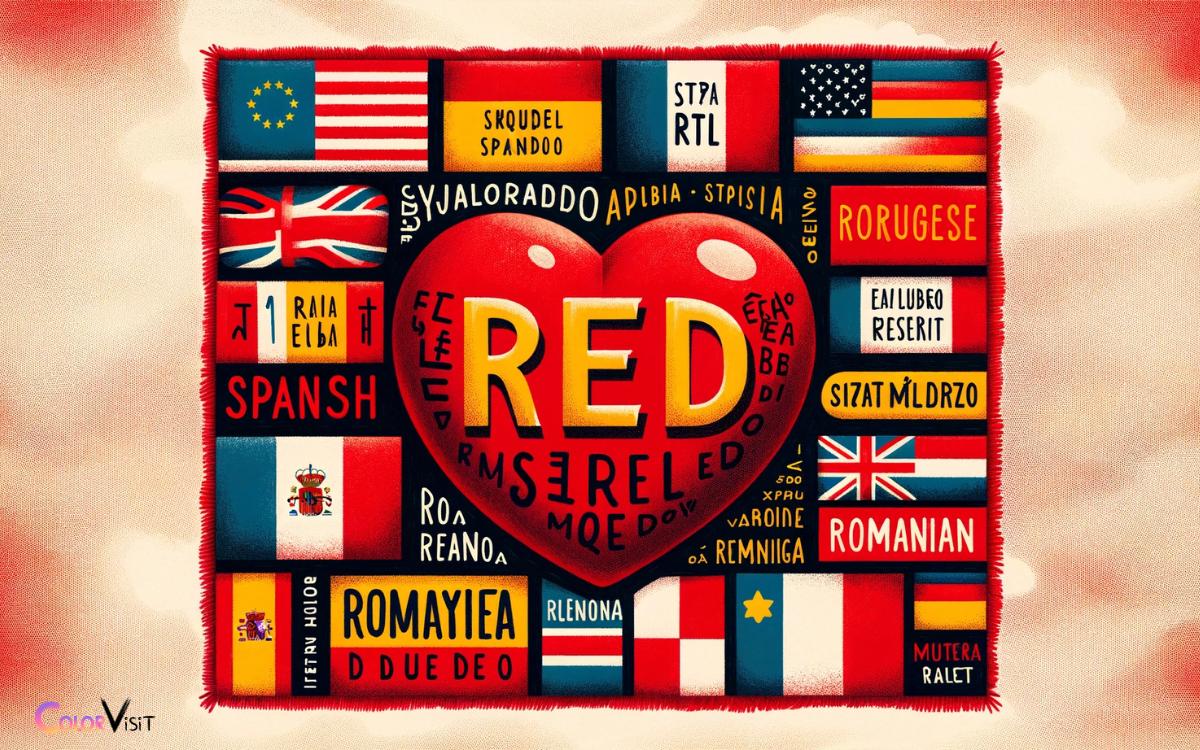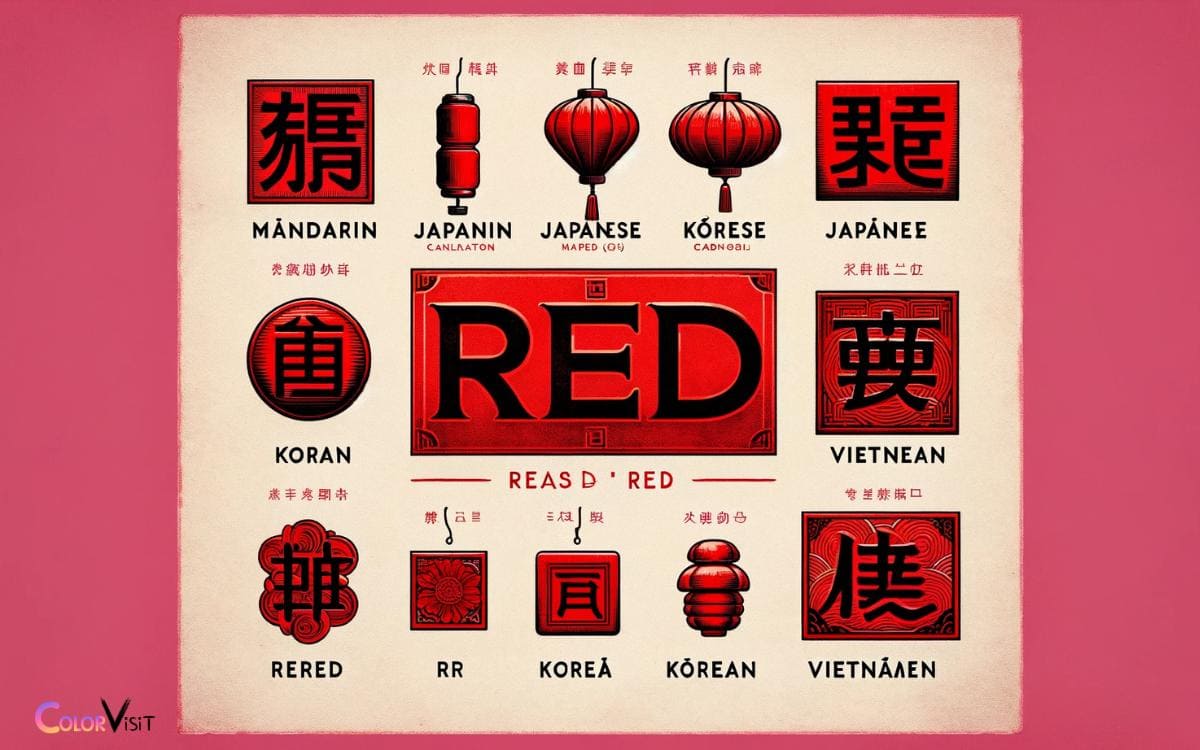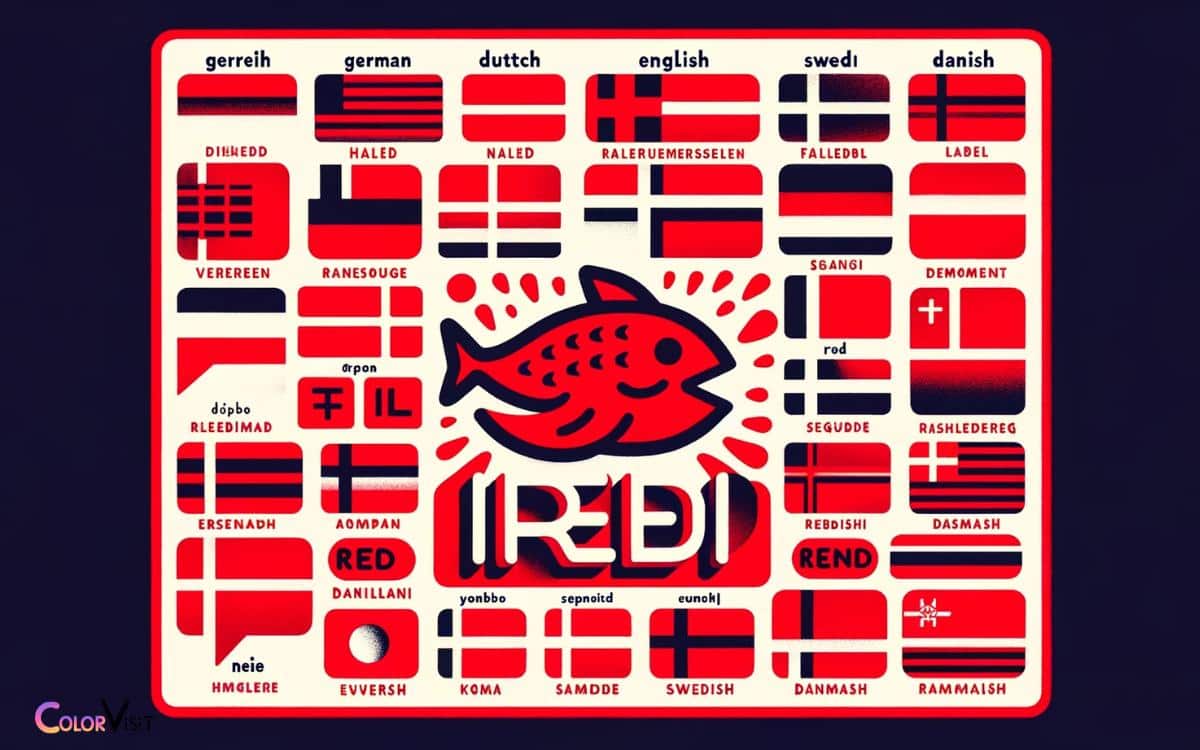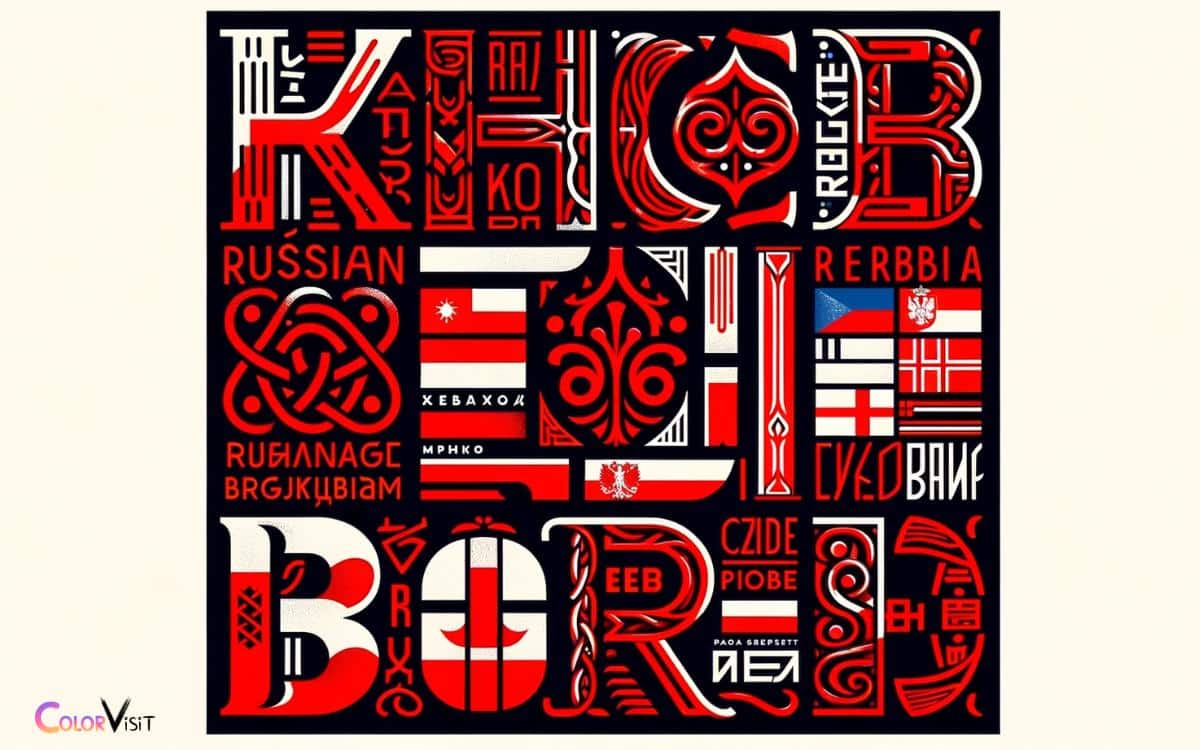Color Red in Different Languages: Various Meanings!
Red is a universally recognized color with various meanings and interpretations across languages and cultures.
For instance, in Romance languages like Spanish and Italian, red translates to ‘rojo’ and ‘rosso,’ respectively.
In contrast, East Asian languages like Mandarin and Japanese express red as ‘红色’ (hóng sè) and ‘赤’ (aka).
Simultaneously, Germanic languages like German and Dutch represent red as ‘rot’ and ‘rood,’ while Slavic languages like Russian and Polish say ‘красный’ (krasnyy) and ‘czerwony’.
Key Takeaway
Red in Romance Languages
Frequently associated with passion and vitality, the color red is expressed in various ways across the Romance languages.
- In Spanish, ‘rojo’ conveys a sense of vibrancy and intensity.
- The Italian word ‘rosso’ similarly captures the rich and bold nature of the color.
- In French, ‘rouge’ embodies a sophisticated and classic representation of red.
- Furthermore, Portuguese uses ‘vermelho’ to evoke the warmth and liveliness associated with the color.
The distinct linguistic expressions of red in Romance languages reflect the cultural nuances and historical influences within each language.
Red in East Asian Languages
In East Asian languages, the color red is expressed through different linguistic terms, reflecting cultural significance and traditional symbolism.
- In Mandarin Chinese, ‘hóng’ (红) symbolizes good luck, joy, and happiness, often used in traditional ceremonies and festivals.
- Japanese uses ‘aka’ (赤) to represent red, associated with life, energy, and vitality, and is commonly used in expressions related to passion and power.
- Korean employs ‘bbalgan’ (빨간) to convey the color red, which holds diverse meanings including love, courage, and good fortune.
- In Vietnamese, ‘đỏ’ is used to signify red, representing happiness, success, and good fortune.
Across East Asian languages, the color red holds deep cultural significance, from auspicious symbolism in Chinese culture to associations with vitality and passion in Japanese and Korean cultures, reflecting the diverse and complex meanings attributed to this vibrant hue.
Red in Germanic Languages
One common way to express the color red in Germanic languages is through the use of the indefinite pronoun ‘rood.’
This term has evolved from Old English and is still used in some modern Germanic languages to describe the color red. In the context of Germanic languages, the color red holds cultural and historical significance.
Here are four reasons why the expression of red in Germanic languages evokes a sense of innovation:
- Cultural Heritage: The use of ‘rood’ reflects the deep-rooted cultural heritage of Germanic-speaking communities.
- Linguistic Evolution: The evolution of ‘rood’ showcases the dynamic nature of language and its ability to adapt over time.
- Visual Imagery: The use of ‘rood’ conjures vivid visual imagery, capturing the essence of the color red in a unique linguistic form.
- Symbolism: ‘Rood’ carries symbolic connotations, linking it to historical, emotional, and artistic symbolism within the Germanic language context.
Red in Slavic Languages
When discussing the color red in Slavic languages, it is important to note the various linguistic expressions and cultural significance associated with this vibrant hue.
- In Slavic languages, the word for red often carries deep historical and cultural connotations.
- For instance, in Russian, the word for red, ‘красный’ (krasniy), is not only a color but also denotes beauty and is associated with the iconic Red Square in Moscow.
- Similarly, in Polish, ‘czerwony’ represents not only the color red but also carries strong associations with passion and love.
- The linguistic and cultural significance of red in Slavic languages reflects the richness of these cultures and their intricate relationship with color symbolism.
Transitioning to the subsequent section about ‘red in indigenous languages,’ the cultural significance of red in Slavic languages provides a compelling foundation for exploring its representation in indigenous languages.
Red in Indigenous Languages
The cultural significance and symbolism of red in Slavic languages set a compelling precedent for exploring its representation in indigenous languages, particularly in the context of color symbolism.
Red holds deep cultural and spiritual significance in many indigenous communities, often representing:
- Vitality and Life: In several indigenous cultures, red symbolizes the life force, energy, and vitality that sustains communities.
- Connection to Nature: Red is often associated with the natural world, symbolizing the earth, fire, and the cyclical rhythms of life.
- Spiritual Significance: Many indigenous languages attribute spiritual meanings to red, connecting it to ceremonial practices and the divine.
- Cultural Identity: Red can be a symbol of cultural identity, representing traditions, values, and the history of indigenous communities.
Understanding the diverse symbolism of red in indigenous languages contributes to a deeper appreciation of their rich cultural heritage.
Conclusion
The color red holds significant cultural and linguistic diversity across various language groups.
One interesting statistic is that the word for red in the English language has Indo-European roots, while in East Asian languages, the word for red often has connections to fire and warmth.
This diversity reflects the varied cultural significance and symbolism associated with the color red across different linguistic and cultural contexts.






